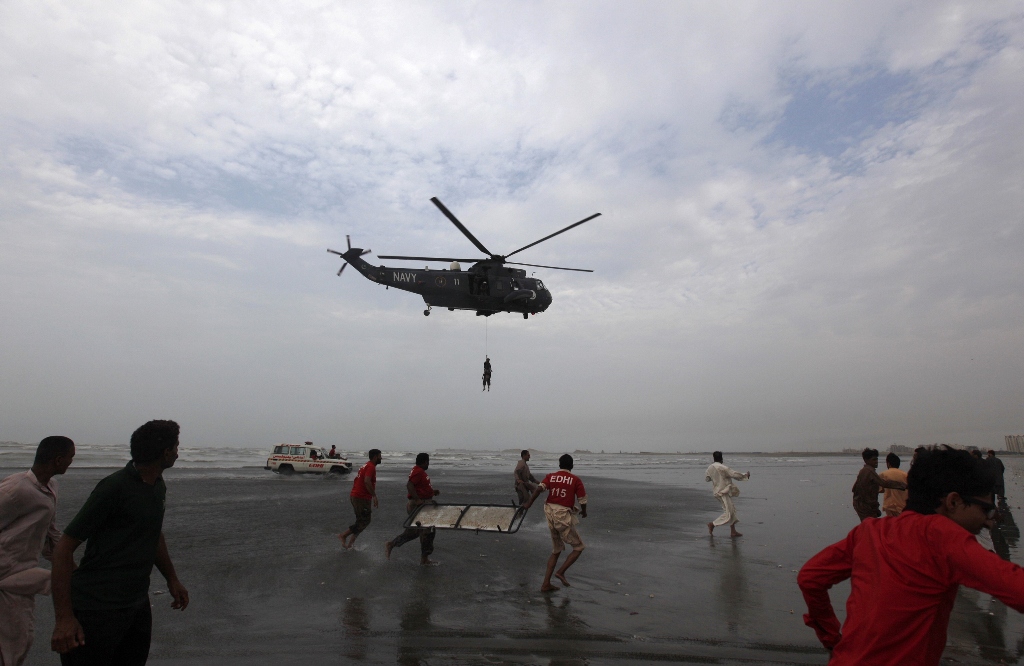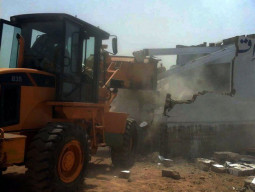
In countries like ours, where the need for providing information and services to prevent such tragedies is given little priority, the fatality figures are alarming, to say the least. The World Health Organisation estimates that over 97 per cent of unintentional drownings occur in low to middle income countries.
Coastal drowning can occur for a number of reasons. While sandy beaches, often gently sloping and stable, tend to be the safest, beaches composed of shingle, pebbles or rocks are often more dangerous, being steeper and presenting slip, trip and fall hazards. More perilous still are silt and mud beaches, where people can easily get trapped and drown.
The most potent danger to beachgoers, however, comes from a phenomenon known as rip currents - a narrow, powerful current of water running perpendicular to the beach, often with no warning. Water accumulating on the shore from waves creates a seaward pressure, released in an area with the least resistance and running out into the ocean to cause very strong currents that can pull bathers under the water and over a mile out into the sea. Rip currents move quickly, often over five miles per hour, and usually look like muddy rivers flowing away from the shore.
A common method for beach safety is the use of beach flags: red and yellow flags mark lifeguarded areas, safe for swimming, while a stretch of beach marked with solely red flags is a no-go rea.
A few years ago, non-profit organisation Pakistan Life Safety (PALS) started providing its services on Karachi's beaches. Now operating as the Aman Foundation PALS Rescue Service, the organisation provides a measure of safety to beachgoers. However, the city's coastline covers a long stretch and one organisation alone is not enough - others must step forward too.
The foundation (first-year) students of the Indus Valley School of Art and Architecture (IVS) recently began one such initiative as part of their annual community project. A couple of years ago, the sea claimed the lives of two IVS students, Shehril Shehzad and Qaiser Zaidi. In tribute to them and the countless others who have lost their lives in this way, IVS, in collaboration with NGOs Sustainable Initiatives and Indus Earth Trust, launched a project to identify and mark dangerous points on all the public beaches on the Karachi coastline with the help of local fishermen and lifeguards.
IVS Foundation Programme coordinator Tazeen Hussain says that all foundation students and faculty will be involved in the whole process, from research to designing and visualisation, geographic information system mapping and the placement of signs, helpline numbers and other information. According to her, the project also aims to inculcate a sense of responsibility towards the community in the youth. With the assistance of relevant experts and area residents, a fairly comprehensive databank profiling the various physical attributes of Karachi's beaches is expected to be prepared as well.
Farhan Anwar is an urban planner and runs a non-profit organization based in Karachi city focusing on urban sustainability issues
Published in The Express Tribune, March 23rd, 2015.


1732266251-0/Josh-Brolin-(1)1732266251-0-165x106.webp)
1732266343-0/BeFunky-collage-(82)1732266343-0-165x106.webp)













COMMENTS
Comments are moderated and generally will be posted if they are on-topic and not abusive.
For more information, please see our Comments FAQ